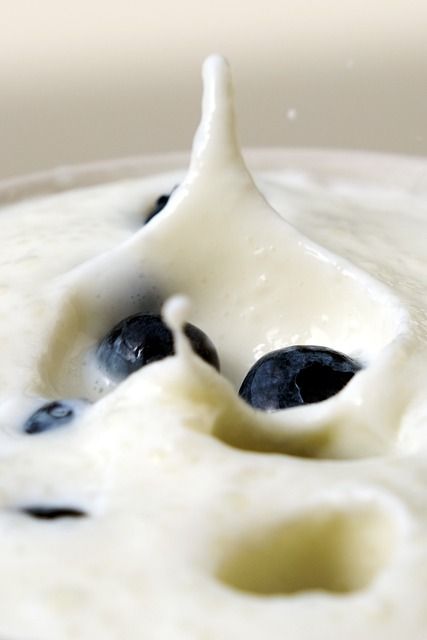The health benefits of milk kefir
These studies have also been conducted in humans. A variety of important nutritional benefits are provided by kefir, as milk, lactose and proteins are biotransformed into molecules that promote easier digestion.

Kefir, whose Turkish roots mean "feel good", is a fermented milk drink, similar to yogurt. It has been consumed for hundreds of years in Eastern Europe, particularly by the inhabitants of the mountainous Caucasus region, who gradually improved the artisanal way of producing it. These people, who were characterized by being very healthy and long-lived, attracted the attention of the microbiologist Elie Metchnikoff, who, after several scientific studies, attributed the health of the inhabitants to the consumption of kefir.
Kefir contains a large number of "beneficial microorganisms" that later became known as probiotics. Probiotics, meaning "pro-life", are microorganisms that are part of the intestinal microbiota (flora). When probiotics are present in adequate amounts, they "keep at bay" pathogenic microorganisms that cause infections, in addition to promoting the absorption of calcium, iron and magnesium and stimulating our immune system to protect us more effectively, among other benefits.
This drink is produced by putting milk in contact with milk kefir grains, which are popularly known as "bulgur". Their color ranges from white to creamy and their size is generally 0.2 to 2 mm. If we take a photograph of these grains with an electron microscope, we can observe a large number of probiotic microorganisms associated with a carbohydrate called kefiran, which is composed of glucose and galactose, two sugars found in milk that bind together to form long carbohydrate chains.
In the kefir grains we find a consortium of bacteria and yeasts whose species may vary somewhat, depending on the place where it is produced. This means that there are differences between the microorganisms that make up kefir grains; for example, from Russia and Morocco. However, although the species differ, the genera are the same.
Among the bacteria, lactobacilli predominate and among yeasts, Saccharomyces cerevisiae (bread yeast) predominates. The lactobacilli that are always present are Lactobacillus kefiri, L. kefiranofaciens, L. parakefiri and L. kefirgranum and L. parakefiri, which are also the ones that produce kefiran. We can also find, depending on the place of origin, L. acidophilus, L. amyloborus, L. casei, L. brevis, L. crispatus, L. delbrueckii, L. fermentum, L. plantarum and L. cremoris, etc.
This microbial diversity is associated with the beneficial effects that probiotics produce when we consume them, since a single species is not capable of producing all the associated health benefits. When we add kefir grains to milk from cows, goats, camels, etc., the probiotics ferment the lactose to lactic acid, giving the typical flavor of fermented milks. They also produce a series of compounds called metabolites (about thirty different compounds), which can contribute to improve our health.
Over time, scientific studies have been accumulated to learn about the effects of kefir consumption on health. Many of them have been done in murine models (rats and mice), whose organisms have a certain similarity with humans; although there are also studies with humans.
Kefir provides a variety of important nutritional benefits, since during the fermentation of milk, lactose and proteins are biotransformed into molecules that favor easier digestion and greater bioavailability of nutrients. Kefir also improves the digestive system by modifying the intestinal microbiota and incorporating probiotics, prebiotics (kefiran) and extracellular enzymes.
On the other hand, the benefits reported in the scientific literature include antihypertensive, antiallergic, anticarcinogenic, cholesterol-lowering and other effects. It is important to note that, for the benefits to occur, kefir consumption must be continuous and in sufficient quantity, so as to guarantee the arrival of the probiotics to the intestine and their permanence in it.
By Gabriela Ramos Clamont Monfort, researcher of the Food Science Coordination of CIAD.




